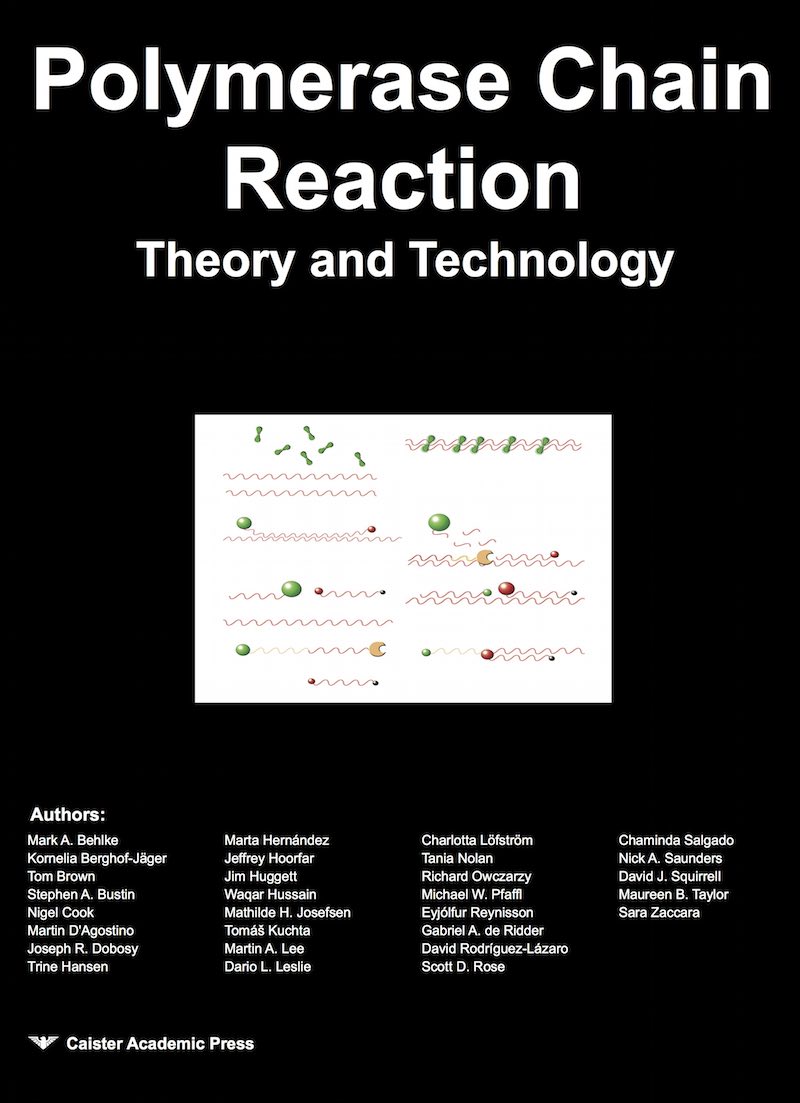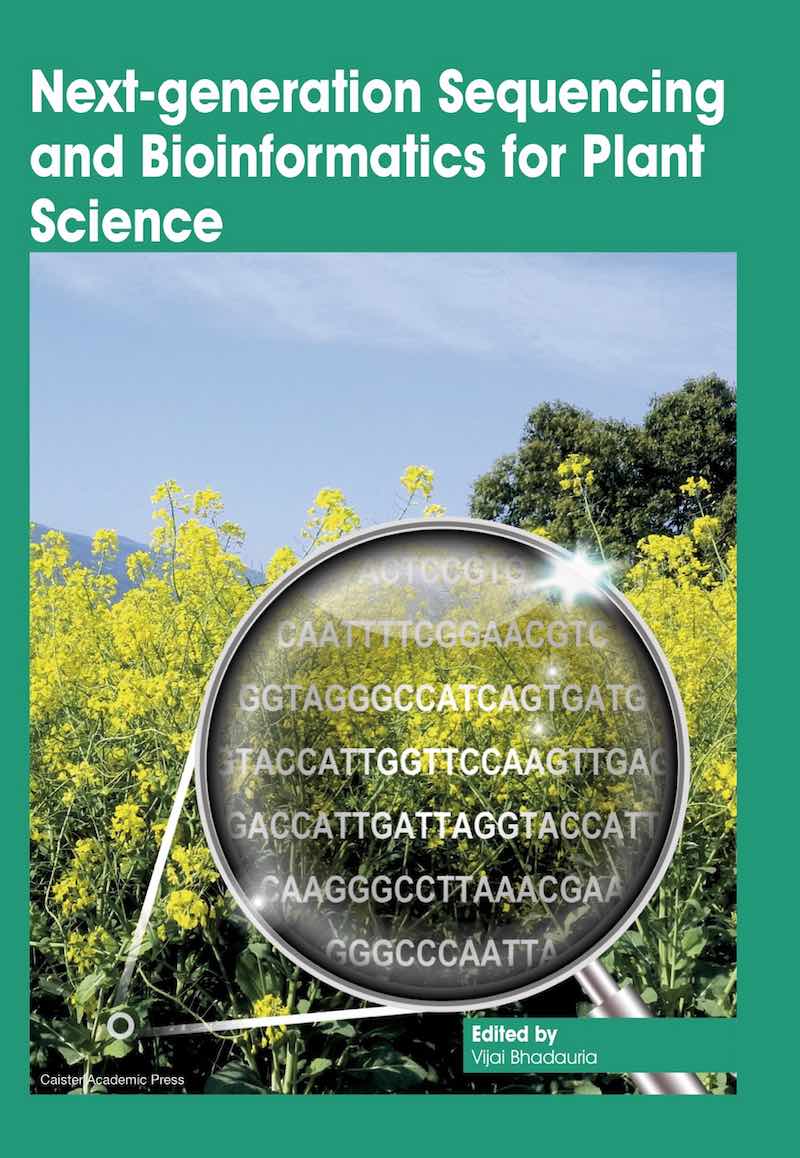Fluorescence and chemiluminescence
In earlier years scientists tagged samples, whether nucleic acid, protein, cell, or tissue, with radioactive labels and captured images on film. Safety concerns, convenience, and sensitivity, spurred the development of alternative techniques, and today, researchers can choose from a range of options, including fluorescence and chemiluminescence, in addition to autoradiography. Fluorescence occurs when light is absorbed from an external (excitation) source by a fluorescent molecule (fluorophore) and subsequently emitted. The cycle of excitation and emission will continue until the excitation source is turned off or the fluorophore is consumed in a chemical reaction. A fluorescent probe is any small molecule that that undergoes changes in one or more of its fluorescent properties as a result of noncovalent interaction with a protein or other macromolecular structure. There are many different fluorescent molecules, both naturally occurring and synthetic, each molecule having distinctive spectroscopic properties. This variety of molecules can be exploited to enable highly localized, sensitive detection of chemical reactions, for tagging and identification of molecular structures, for monitoring of cellular states, and even for monitoring multiple properties simultaneously. Due to their higher sensitivity than chromogenic dyes, the fluorescent probes can be used to effectively signal the presence of minute amounts of a specific protein, DNA or RNA without the hazards associated with radioactive labels.
Chemiluminescence is the production of visible light (luminescence) occurring as a result of a chemical reaction. It can be exploited as a labeling method in nucleic acid hybridization. Chemiluminescence is typically about 2 orders of magnitude more sensitive than fluorescence and more than 4 orders of magnitude more sensitive than chromogenic reactions.
Bioluminescence is light emitted by biological sources and has been used for diagnostics. Bacterial (lux) and eukaryotic (luc) luciferase genes are valuable as 'reporters' of many endpoints of clinical concern. The development of new technologies for monitoring biological and chemical contaminants includes the use of genes encoding enzymes for bioluminescence as reporter systems. Applications of the recombinant luciferase reporter phage concept now provide a sensitive approach for bacterial detection, viability, and sensitivity to antimicrobial agents. Moreover, a number of fusions of the lux and luc genes to stress inducible genes in different bacteria can allow a real-time measurement of gene expression and determination of cellular viability, and also constitute a new tool to detect toxic chemicals and their bioavailability.
Many of the technologies, which use fluorescence for label detection, are in development for both in vitro and in vivo diagnostics. They can offer equivalent, if not higher, sensitivity than isotope detection systems and have the added advantage of greater versatility, stability, and safe handling. Further, genetically encoded probes offer the possibility of biosensors for intracellular biochemistry, specifically localized targets, and protein-protein interactions. DNA-based fluorescent microarrays are becoming an increasingly important tool for studying gene expression, identifying new drug targets, and developing gene-based diagnostic protocols. Fluorescence detection systems include readers, probes, dyes, and reagents.
Further reading
- Real-Time PCR: Advanced Technologies and Applications
- Real-Time PCR in Food Science: Current Technology and Applications
- Quantitative Real-time PCR in Applied Microbiology



